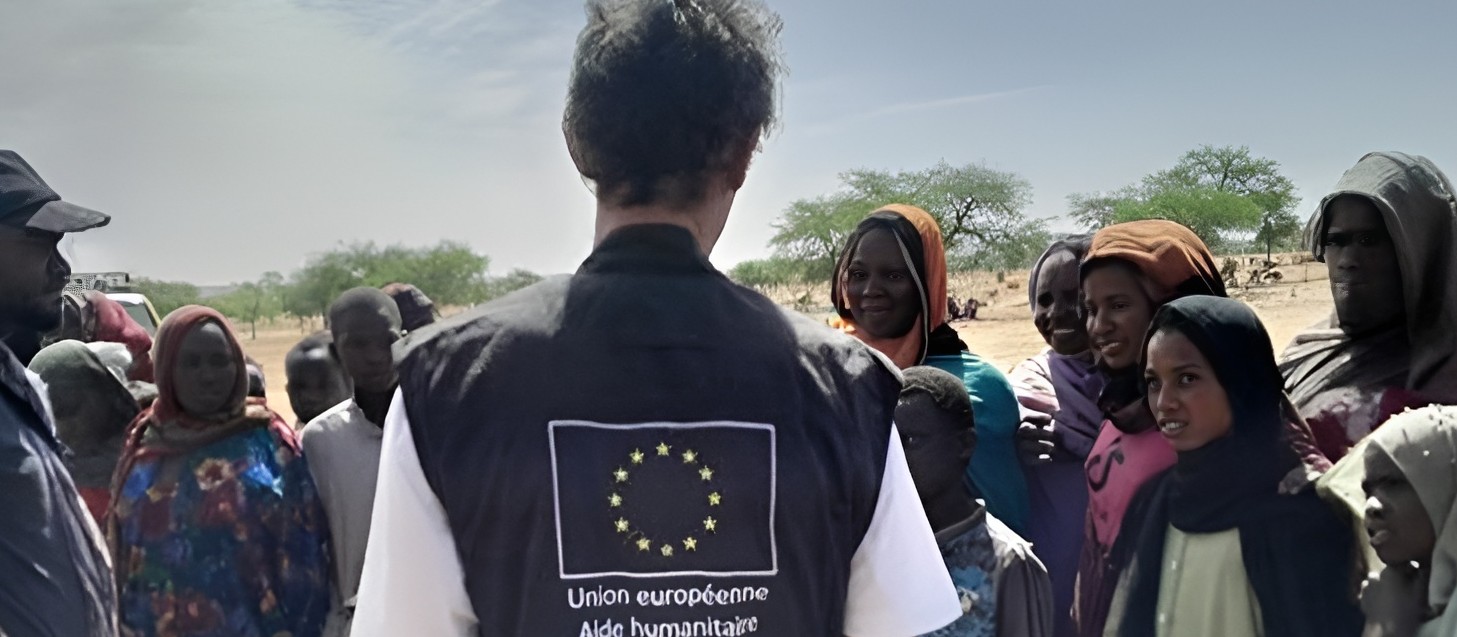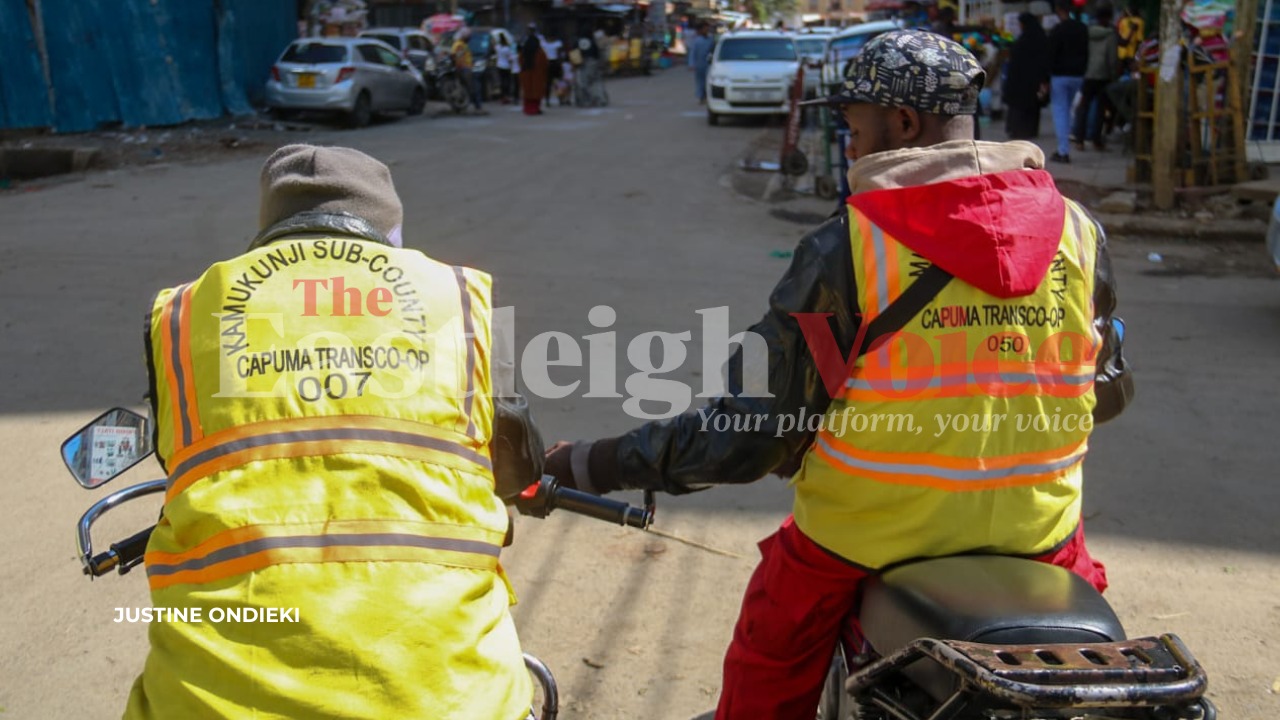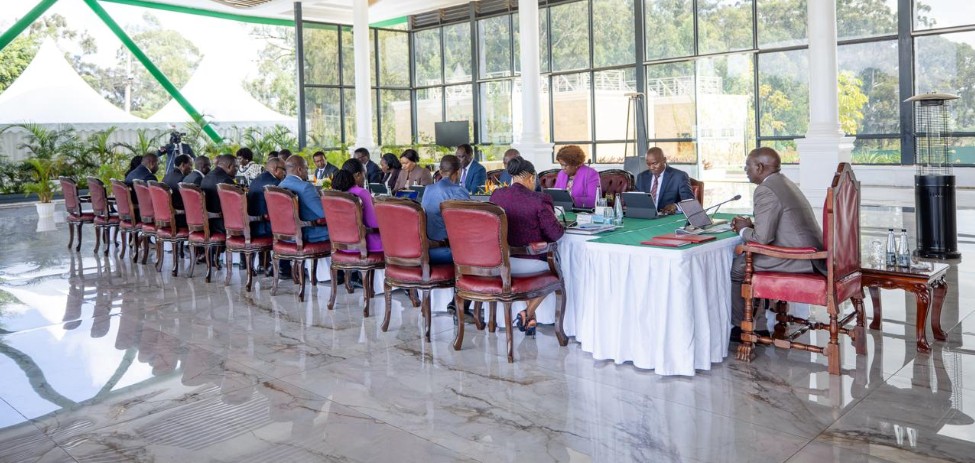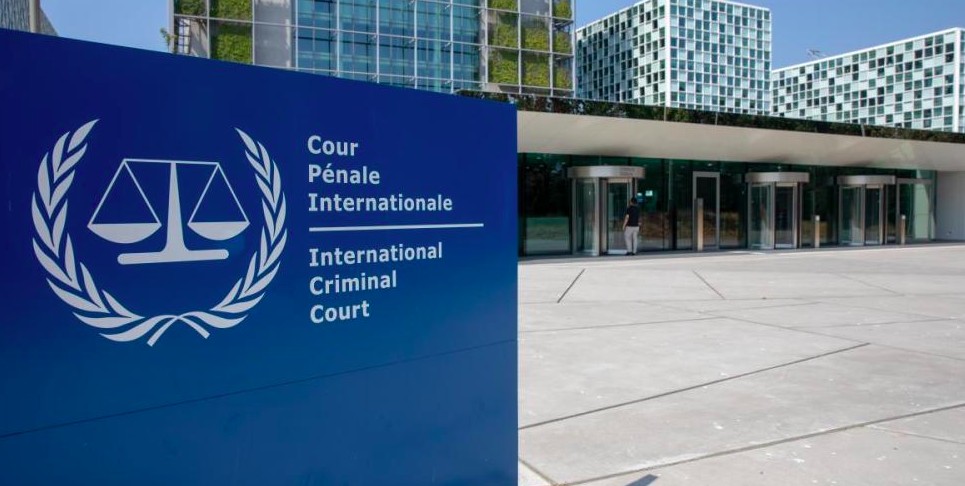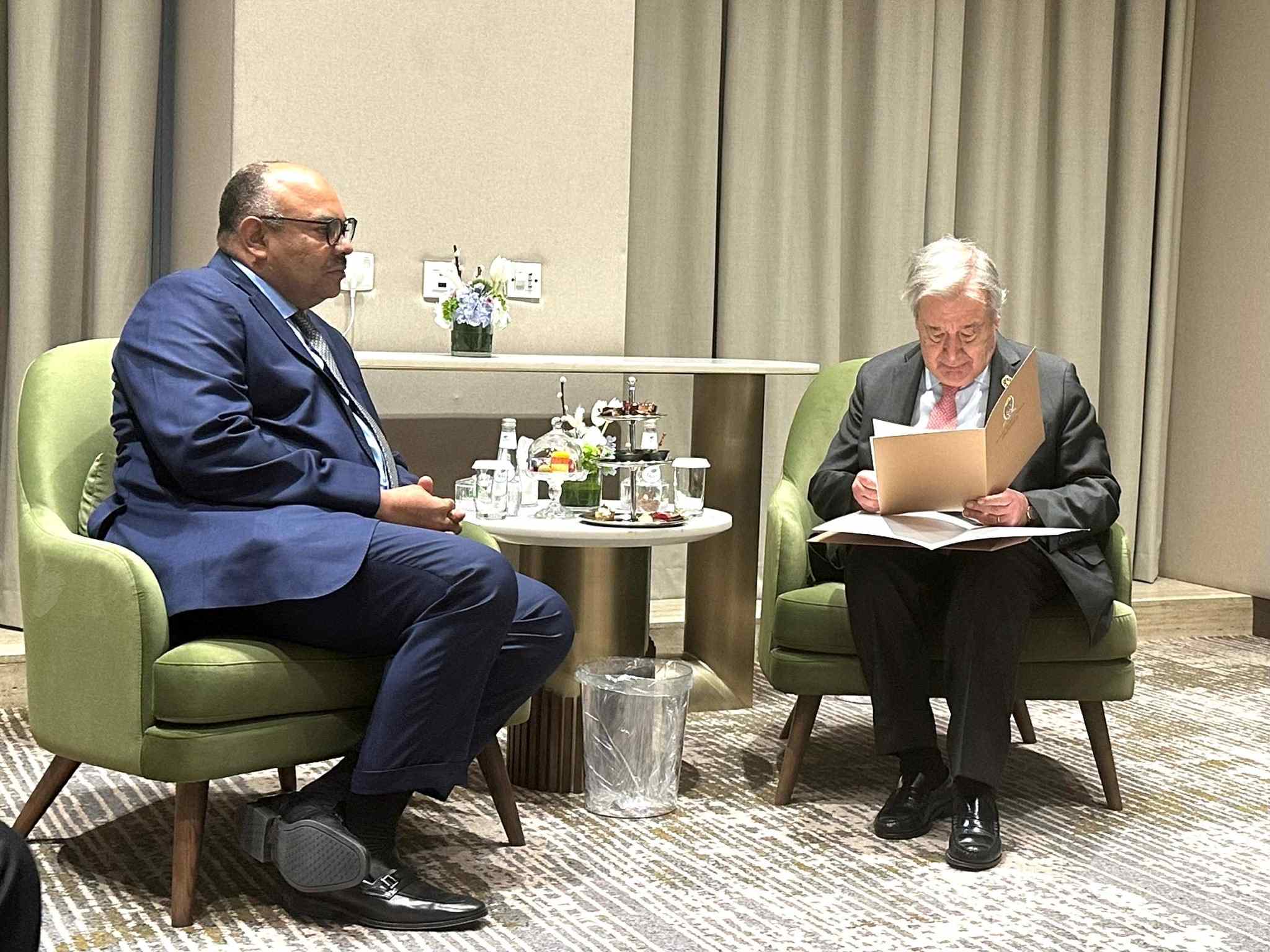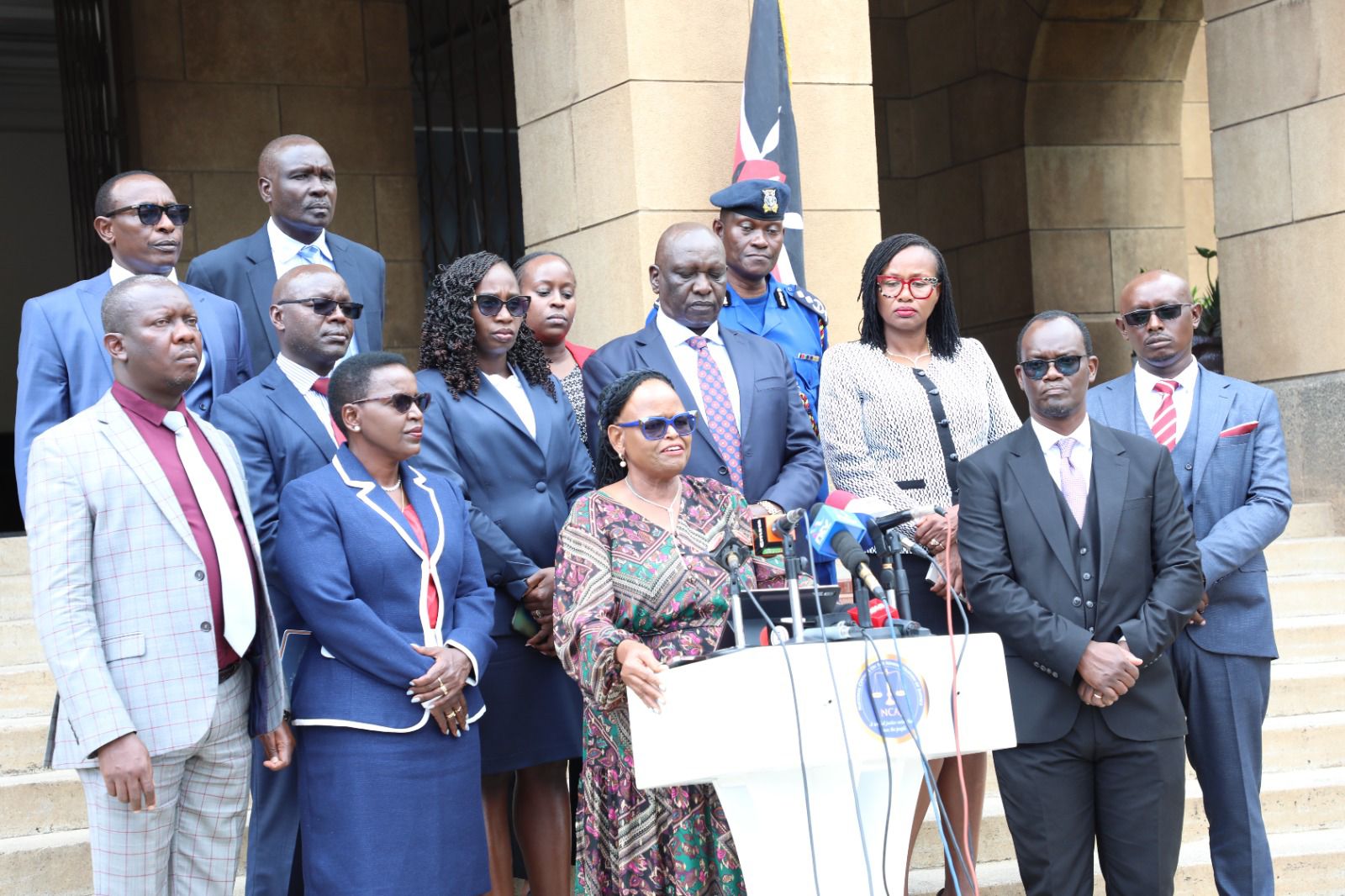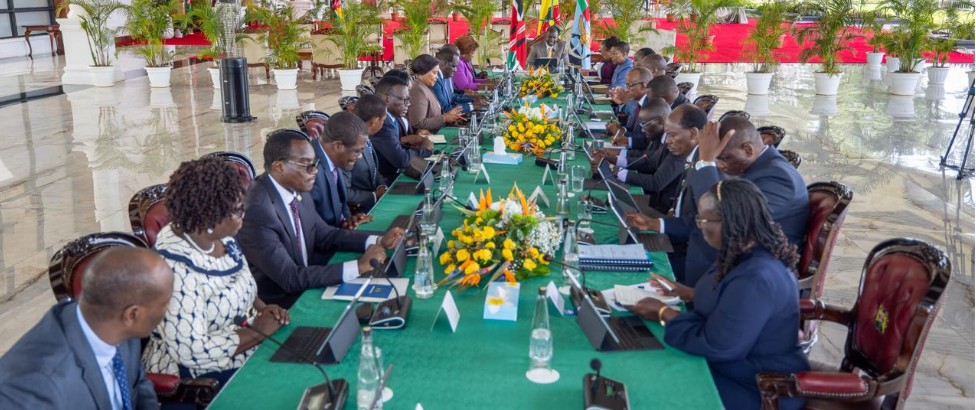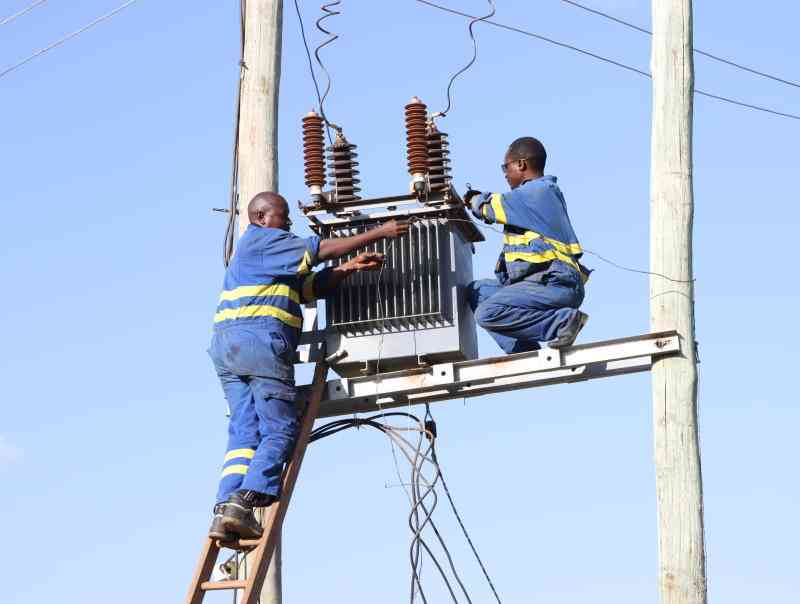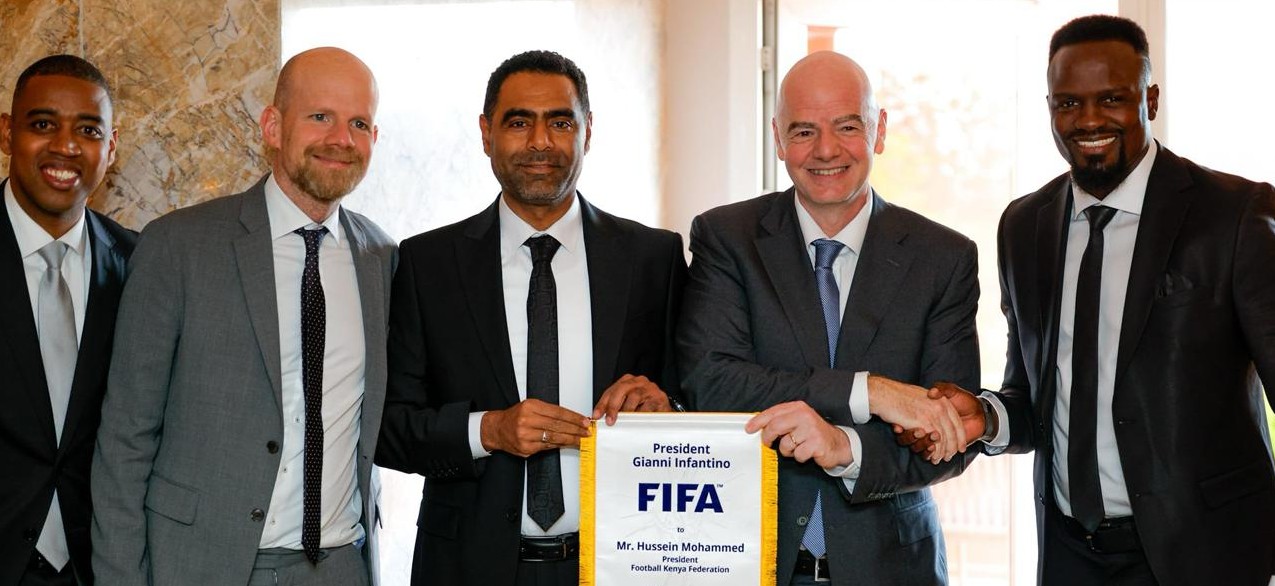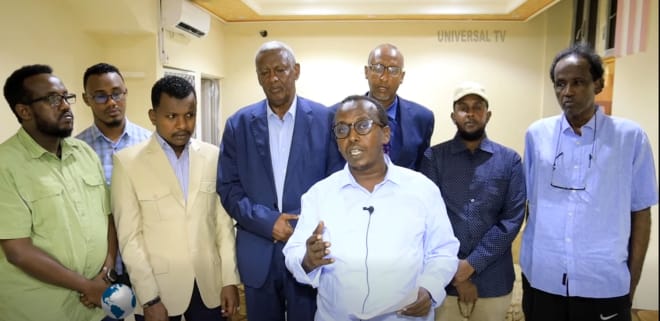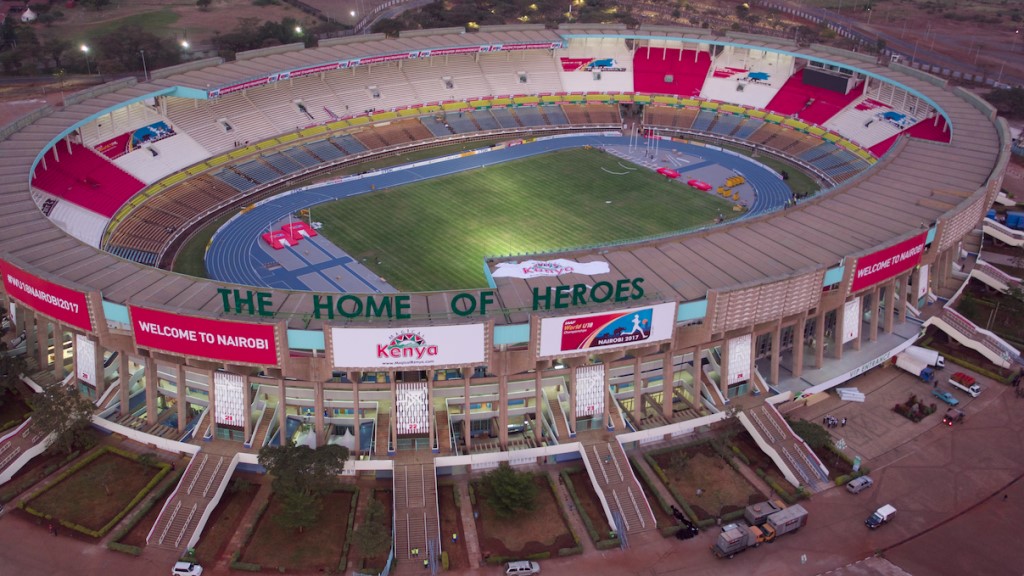Kenya to use Sh28 billion annually on HIV programmes as foreign aid policies change
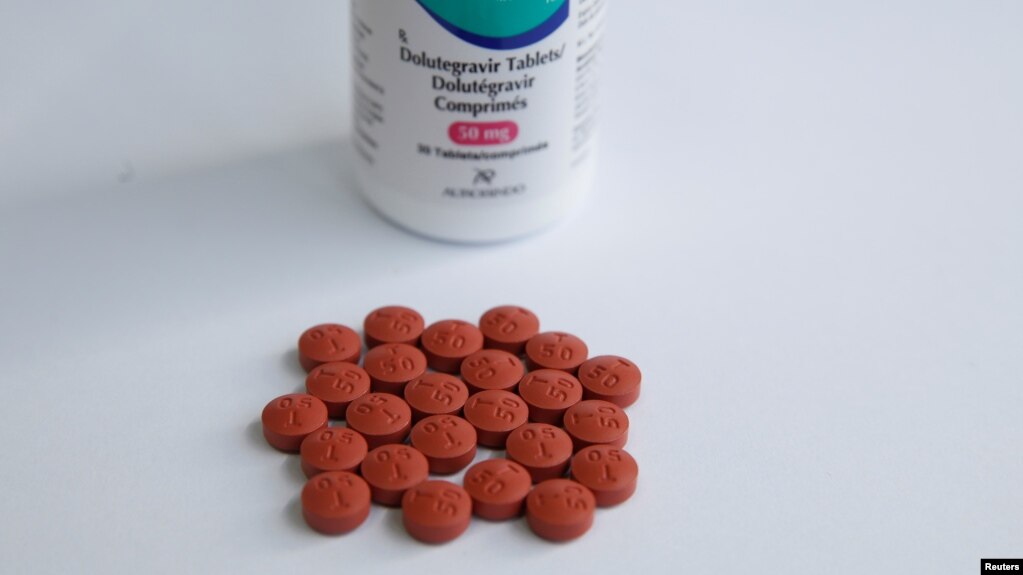
With potential shifts in US aid strategies, Kenya needs to prepare for possible reductions or redirection of donor contributions.
In a bid to ensure the sustainability of HIV programmes, Kenya now needs to secure at least Sh28 billion annually for HIV commodities in the coming years to maintain access to essential drugs and interventions.
This comes in response to changing foreign aid policies and global health financing trends.
More To Read
- Health Ministry clarifies Kenya–US health partnership respects sovereignty, data protection
- Third Kilifi health forum opens with urgent calls for financing, digital solutions
- England confirms new mpox strain: What you need to know
- Kenya urges stronger regional cooperation as transport corridors fuel disease risks across East Africa
- How Trump–Ruto health deal fills the void left after USAID exit
- UNAIDS hails Kenya–US health framework as major boost for HIV response
To ensure the sustainability of HIV programmes, the Ministry of Health has recommended that the government fully fund these commodities for the next five Medium Term Expenditure Framework (MTEF) cycles, a crucial step in Kenya’s transition to self-sufficiency in HIV funding.
The Ministry of Health, in collaboration with the Council of Governors, the National Syndemic Diseases Control Council, the National AIDS and STIs Control Programme, and the Kenya Medical Supplies Authority, highlighted this need during a briefing on the impact of a US executive order under President Donald Trump, which reassessed and realigned US foreign assistance.
The MTEF is a strategic budgeting framework that allows governments to allocate resources over a three-to-five-year period, ensuring that spending is aligned with national priorities, economic capacity, and projected revenues.
“By integrating HIV financing into the MTEF and allocating Sh28 billion annually, the country can insulate its HIV programmes from policy-driven aid fluctuations while reinforcing its commitment to universal health coverage. This funding is critical to addressing the country’s HIV burden, especially as donor support is subject to potential shifts due to global policy changes. As the international aid landscape evolves, Kenya must plan for long-term financial sustainability to avoid disruptions in HIV treatment and prevention programmes,” Principal Secretary for Medical Services Harry Kimtai said.
Steady supply of ARVs
To combat HIV effectively, Kenya also needs a steady supply of essential commodities, including antiretroviral drugs (ARVs), which treat and suppress HIV to prevent disease progression and transmission.
Other critical items include HIV test kits for rapid and laboratory diagnoses, pre-exposure prophylaxis (PrEP) and post-exposure prophylaxis (PEP) to prevent infection, and condoms and lubricants to reduce the risk of transmission.
Additionally, HIV viral load testing reagents and equipment to monitor treatment effectiveness, as well as early infant diagnosis (EID) kits to detect HIV in newborns, are essential.
President Trump's administration recently announced a 90-day pause in US-funded foreign assistance and issued a stop-work order on existing grants and contracts worldwide.
Although the order has since been amended to allow exemptions for ‘life-saving humanitarian assistance’, many are still assessing the implications of this decision.
On January 28, the administration granted waivers for “existing life-saving humanitarian assistance programmes,” which include “essential life-saving medicines.” This could affect health programmes such as the President’s Emergency Plan for AIDS Relief (PEPFAR), which supports HIV/AIDS programmes in 55 countries, including Kenya.
US executive orders have a significant impact on foreign aid allocations, and policies that prioritise domestic funding over international assistance, shift focus to other global health priorities or impose restrictions on funding recipients can directly affect Kenya’s HIV programmes.
Local financing mechanisms
With potential shifts in US aid strategies, Kenya needs to prepare for possible reductions or redirection of donor contributions. This will require strengthening local financing mechanisms, enhancing public-private partnerships, and optimising domestic resource mobilisation to sustain progress in the fight against HIV.
The Ministry of Health’s forecasting and quantification report for the 2024/2025 financial year estimates the cost of HIV commodities at Sh28 billion.
The commodities are expected to be procured and distributed with support from the Global Fund for HIV, Tuberculosis, and Malaria, which will contribute $47.4 million (23.3 per cent), PEPFAR will contribute $58.7 million (28.8 per cent), and the Government of Kenya will contribute 20 per cent.
However, this still leaves a funding gap of $72.3 million, or 35.4 per cent.
Despite the urgent financing need, domestic funding for HIV/AIDS programmes remains below target.
In the fiscal year 2024/2025, which ends on 30 June, the National Treasury allocated Sh24.8 billion to address malaria, tuberculosis, and HIV/AIDS as part of its contribution to the Global Fund.
Kenya’s HIV response
The Kenya AIDS Strategic Framework (KASF II), as reported by the National Syndemic Diseases Control Council, estimates that implementing Kenya’s HIV response from 2020/21 to 2024/25 will require Sh647.7 billion.
The funding will need to be mobilised from domestic sources, the private sector, and development partners. However, the report shows that only 34 per cent of the required funding has been raised domestically, falling short of the KASF II target of 50 per cent by 2025.
According to the 2024 HIV estimates, approximately 1.4 million people are living with HIV in Kenya, including 1.3 million adults and about 75,000 children, all of whom are on antiretroviral therapy.
In 2023, the country recorded 16,752 new HIV infections, with 39 per cent of these cases occurring among adolescents and young people aged 15-24 years. Mother-to-child transmission remains a major challenge, with a rate of 7.3 per cent.
“Kenya needs both national and county adoption of these plans, along with strengthened structural, policy and legal frameworks for optimal investment to end AIDS by 2030,” reads the report.
Despite the uncertainties, the Ministry of Health has reaffirmed its commitment to sustaining HIV/AIDS treatment and prevention programmes.
“Kenya has made remarkable progress in the fight against HIV/AIDS, with 98 per cent of people living with HIV knowing their status and receiving treatment, and 94 per cent achieving viral suppression. The ministry is actively working with other development partners and investing in local pharmaceutical manufacturing to prevent interruptions in treatment,” Director-General of Health Patrick Amoth said.
Top Stories Today
